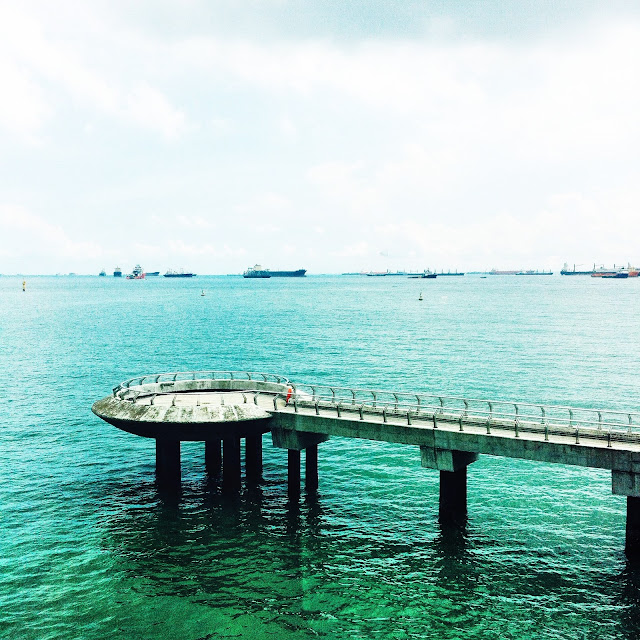Field Trip to Marina Barrage, Singapore
Today, the students of BX2091 (Tourism & Leisure Management) class including myself, held a field trip to Marina Barrage on Thursday as a part of report writing assignment. At 12.15pm, the coach left the campus. It took around 25 minutes to reach Marina Barrage. As we reached the place, we were divided into groups based on our tutorial group to explore the place. Marina Barrage area is quite big and it has some spots. To save time, each of the group then proceeded to different spots.
The first spot that my group headed to was Sustainable Singapore Gallery, which is located on the second floor. There is no admission fee to enter the gallery. Here, visitors can learn about how Singapore has struggled to keep the environment and water sustainable through interactive and fun multimedia exhibits.
The history of Singapore River
The first section of the gallery displays some environmental challenges that the world has faced nowadays, and how Singapore has contributed to overcome these challenges. One example is that Singapore ratified the Kyoto Protocol in 1997, an international agreement to reduce the emission of greenhouse gases that cause global climate change.
The next section of the gallery is about recounting the Singapore's olden days, when the former Prime Minister, Mr. Lee Kuan Yew, did a cleanup of Singapore and Kallang River (two main rivers in Singapore), and turned the surrounding into a developed area. One of the most well-known riverside area is Clarke Quay, which features clubs, pubs, restaurants and river boat ride.
The third section displays a Marina Reservoir miniature that demonstrates how it works and how it was constructed. The Marina Reservoir itself has three advantages: water supply, flood control, and leisure attraction. The barrage, which comprises of nine crest gates, is built to keep out seawater, as well as to alleviate flooding in low-lying areas. Then, the barrage turns the Marina Basin into fresh water through natural flushing. The fresh water will then be turned into drinkable water using advanced technology. Beside water supply and flood controller, the reservoir also functions as a place for water sports activities such as windsurfing and canoeing. The last section features Singapore's action to build a sustainable city, to fully maximize the potential of the limited land area.
At the end of the gallery, there is a NEWater water dispenser for visitors to try the freshness of NEWater creation. Unfortunately, the water was out of stock so I could not try it.
There is Solar Park on Marina Barrage rooftop. How come I just noticed this?
The sky looks so dark ya? I'm too lazy to edit lol.
I love this pic haha. The sea looks clear here.
We got a few hours to spend on our own before going back to campus, whereby some students (including me) decided to have lunch at Sembawang Eating House. It is the only restaurant located in the Marina Barrage area. The food is good and the price is reasonable. I was quite surprised to find affordable eatery in a touristy spot like this.
Iced Tea - $1.40
Standard iced tea with milk.
Left: Steamed Har Gow - $3
The har gow skin was too thick and floury, and the shrimp inside was a little bit undercooked.
Right: Steamed Chicken Siew Mai - $3
The siew mai was alright but the skin was very sticky.
After lunch time, we proceeded to the parking area and boarded the coach back to our campus. It was fun to be able to know more about how this Little Red Dot manages its water resources. Field trip done, now report assignment is waiting muahaha!












Comments
Post a Comment